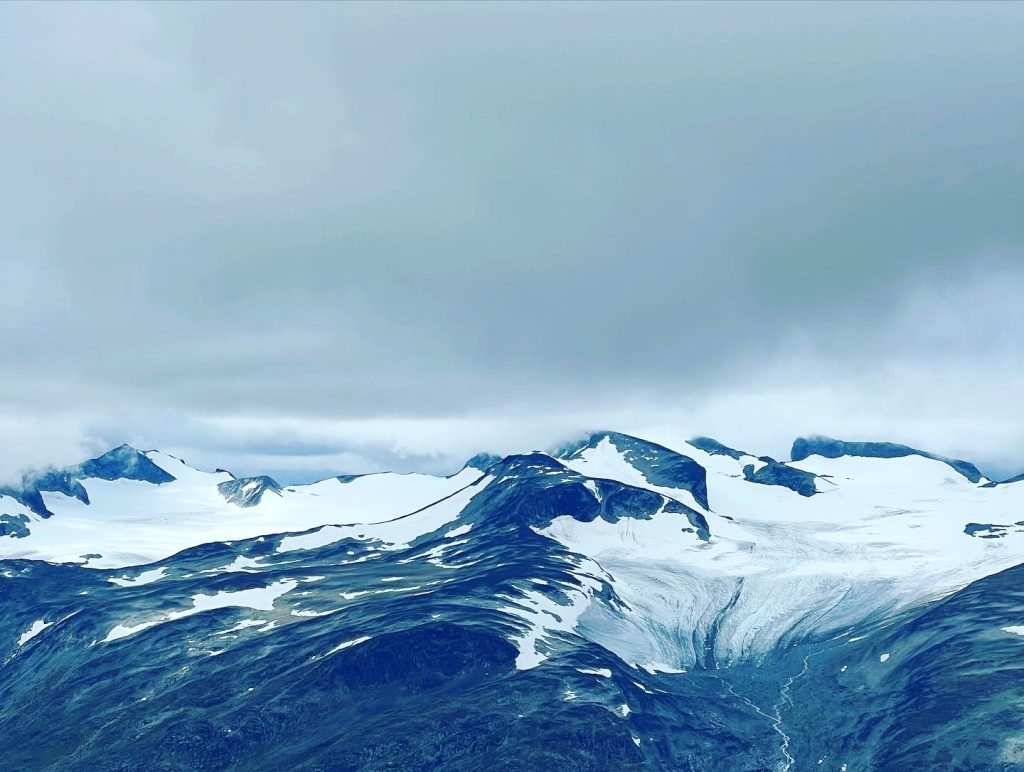
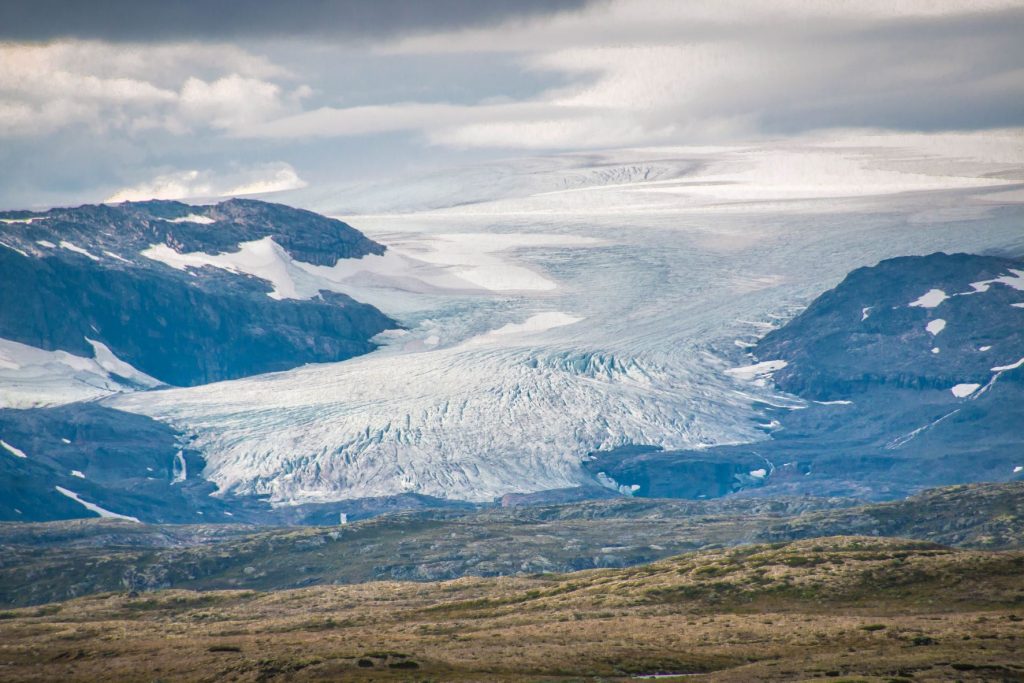
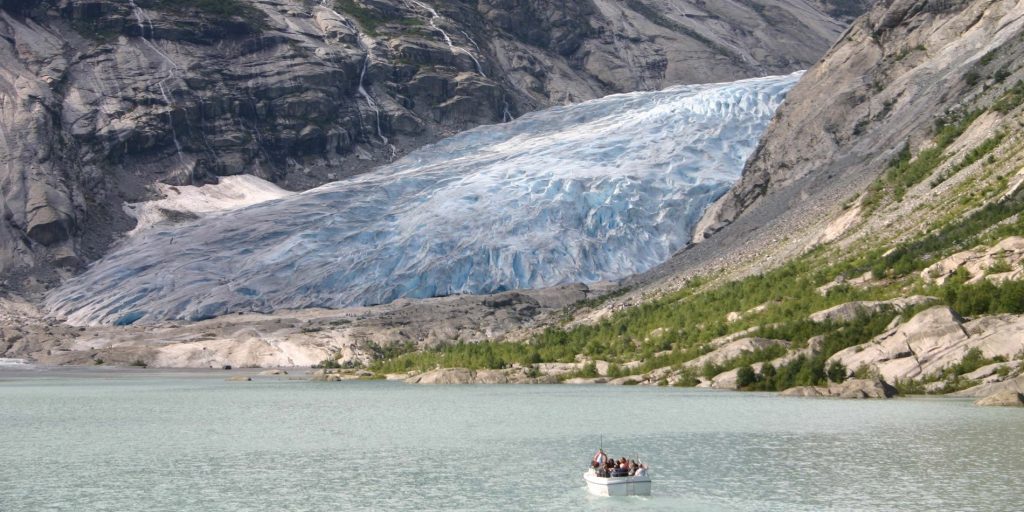
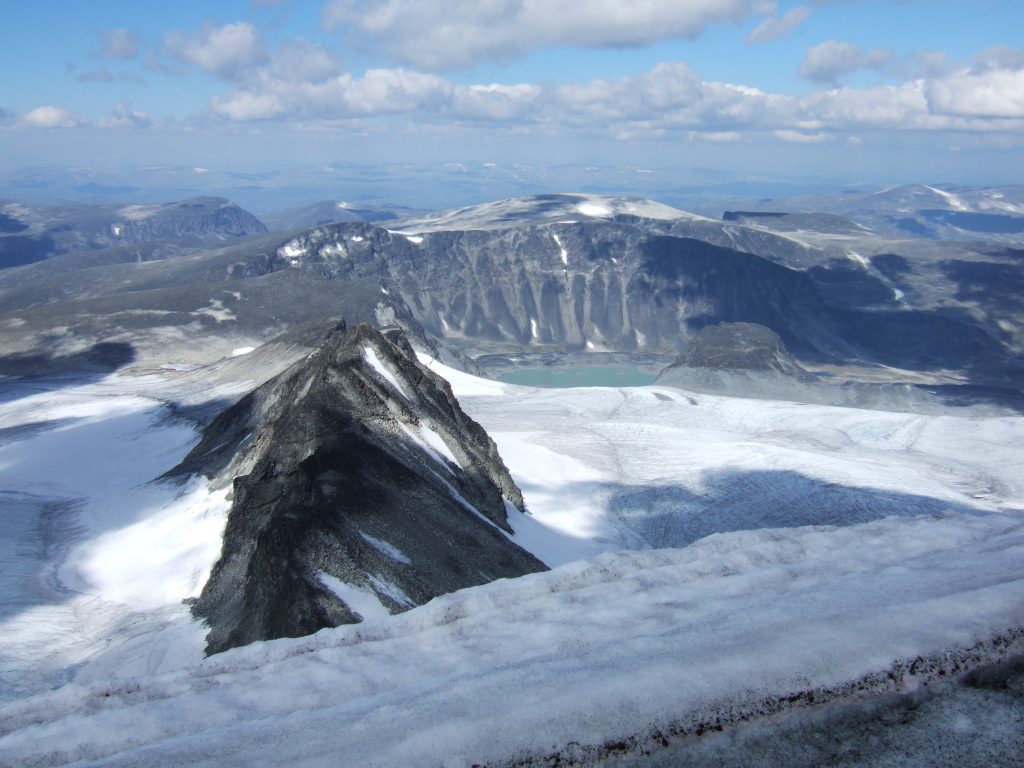




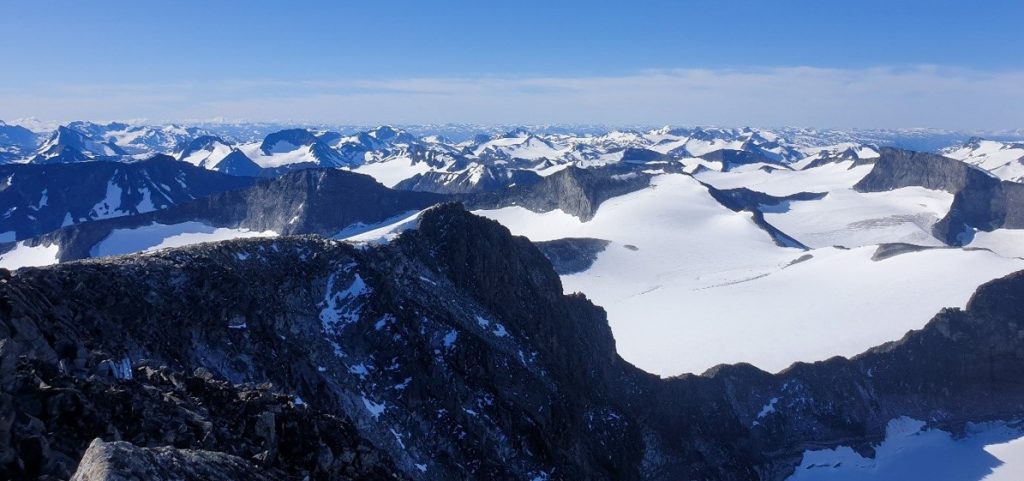
Norwegian glaciers, magnificent and ancient, are not just natural wonders but also crucial indicators of climate change. These ice masses have sculpted the country’s dramatic landscapes over millennia and continue to play a vital role in Norway’s natural ecosystem, water resources, and cultural identity.
History and Formation: Norway’s glaciers, predominantly located in the western and northern parts of the country, owe their origins to the last ice age, which peaked around 20,000 years ago. During this period, massive ice sheets covered large parts of northern Europe. As the climate warmed and the ice age ended, these sheets retreated, leaving behind the glaciers we see today. The largest among them is Jostedalsbreen, located in the western part of Norway, which is also the largest glacier on the European mainland.
Fascinating Facts:
- Glacial Landscapes: Glaciers have been instrumental in carving out Norway’s famous fjords, valleys, and mountains, creating the stunning landscapes that draw visitors from around the world.
- Water Resources: Glaciers are vital water reservoirs. In spring and summer, glacial meltwater feeds into rivers and lakes, supporting ecosystems, agriculture, and hydropower – a significant energy source for Norway.
- Glacial Motion: Despite appearing static, glaciers are constantly moving, driven by gravity and the pressure of their own weight.
Future Predictions: The future of Norway’s glaciers is closely tied to global climate patterns. Studies indicate a troubling trend due to climate change:
- Retreat and Loss: Norwegian glaciers have been retreating rapidly in recent decades. Research suggests that if the current rate of global warming continues, many of Norway’s glaciers could significantly diminish or even disappear by the end of this century.
- Impact on Sea Levels: The melting of glaciers contributes to rising sea levels, which is a global concern.
- Biodiversity and Ecosystems: The retreat of glaciers affects local biodiversity. Species that rely on cold environments may find their habitats reduced or altered.
- Water Resources: The seasonal melting pattern of glaciers is crucial for water supply. Changes in this pattern could impact water availability for communities, agriculture, and hydropower.
The Way Forward: The fate of Norway’s glaciers is a poignant reminder of the broader impacts of climate change. Mitigation efforts to reduce greenhouse gas emissions globally are crucial in slowing the retreat of these ice masses. Meanwhile, scientists continue to monitor the glaciers closely, gathering data to understand and predict future changes. Preserving these frozen titans is not just about conserving spectacular landscapes but also about protecting ecosystems, water resources, and a historical legacy that dates back millennia.
Norwegian glaciers, with their majestic beauty and ecological significance, are a testament to nature’s grandeur and fragility. As we face the challenges of a warming planet, these icy giants stand as both witnesses and victims of the changing climate, urging humanity to act for a sustainable future.


